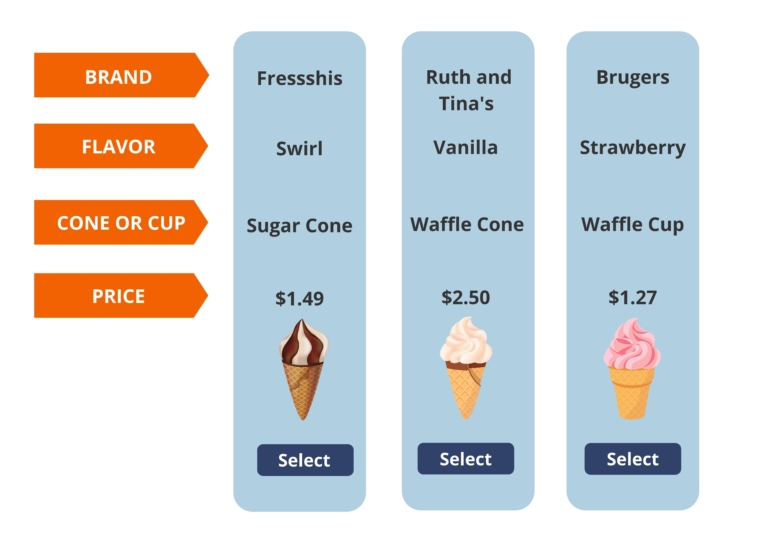Conjoint Surveys
Conjoint surveys, particularly choice-based conjoint (CBC) surveys, generally refer to a survey methodology in which respondents are asked to evaluate sets of hypothetical products and then choose among them. Research derived from conjoint surveys is widely accepted by courts and businesses that need to understand how much value consumers attach to features of a product. MMR Strategy Group designs and conducts conjoint surveys for market research and litigation.
Clients request conjoint survey designs and research in litigation matters that require estimating consumer preferences for patented product features or isolating the impact of claims in false and deceptive advertising matters. Conjoint surveys provide critical input for assessing damages in false and deceptive advertising, product liability, and patent infringement cases. Marketers request conjoint analysis when designing products and services, since they commonly face questions about the features or elements that customers most prefer.
MMR Strategy Group has substantial experience conducting this type of survey in the context of both litigation and marketing research, including numerous consumer class actions. We frequently provide expert testimony to support our surveys and offer rebuttals of conjoint surveys from other parties. If you require a conjoint survey for a false or deceptive advertising or patent matter, contact us.

How Do Conjoint Surveys Work?
Respondents in choice-based conjoint surveys may be asked to select among several product offerings with different feature configurations; this array is often referred to as a “choice set.” While each product configuration has the same list of attributes, the levels for each of the attributes vary randomly, and respondents are encouraged to make trade-offs when deciding among the various combinations of attributes and levels presented to them. Respondents are presented choice sets a number of times, and once the survey is complete, their choices can be analyzed to estimate how important any individual feature is to consumers’ preference.
Explore Our Library
Review Litigation Survey Resources
Featured Blog Article

Scent of Trademark Infringement: Abercrombie Counterfeit Claims
Featured White Paper

Materiality Claims: Conducting Materiality Surveys for False or Deceptive Advertising Litigation
Featured case study
